According to the Quang Nam Tourism Association, the Tran family ancestral house was built 223 years ago by Tran Tu Nhac, a court official. In late 1802, before being appointed by Emperor Gia Long as an envoy to China, he constructed the house to worship his ancestors and leave behind a legacy for his descendants.
Over two centuries later, the house still retains its unique architecture, blending three cultural influences: traditional Vietnamese housing, Chinese ornate elements, and Japanese feng shui. It stands as a living testament to Hoi An’s golden age.
The house contains hundreds of preserved antiques passed down through generations. Among them are two especially sacred relics belonging to Tran Tu Nhac: a ceremonial sword and a genealogical record he wrote in 1812.
Tran Thao Phuong, a 12th-generation descendant, shared that during holidays, Tet, and ancestral death anniversaries, the entire family gathers to light incense in gratitude. These occasions strengthen family bonds and preserve cultural roots.
Today, the Tran family ancestral house is listed as a protected historical site by the Quang Nam provincial government and is one of seven ancient homes officially recognized in Hoi An.
Images of the renowned ancestral house in Hoi An:

With a 1,500-square-meter compound, the Tran ancestral house sits quietly amid bustling Hoi An.
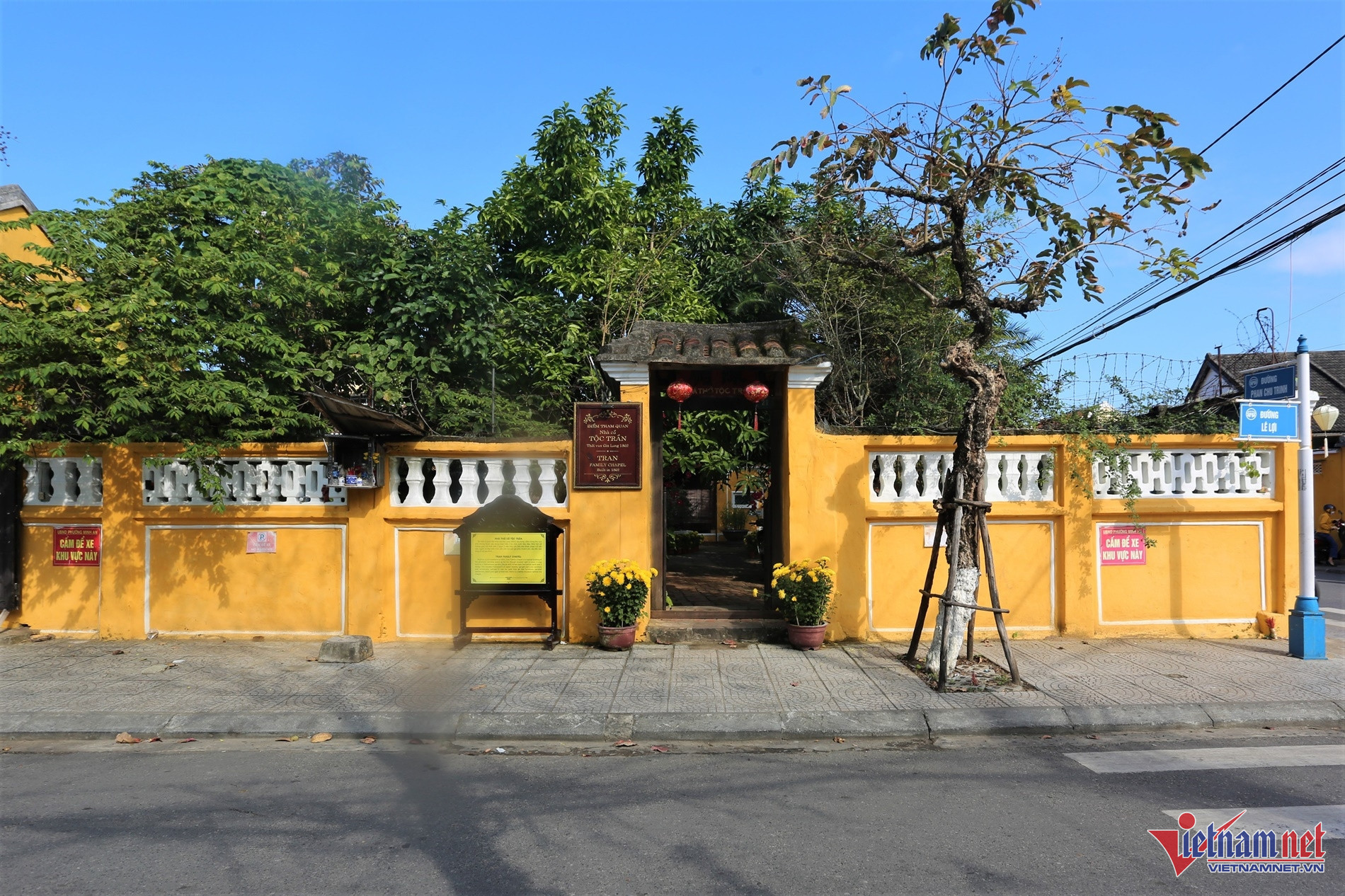
The house faces west, aligning with ancient Eastern beliefs about life and death.
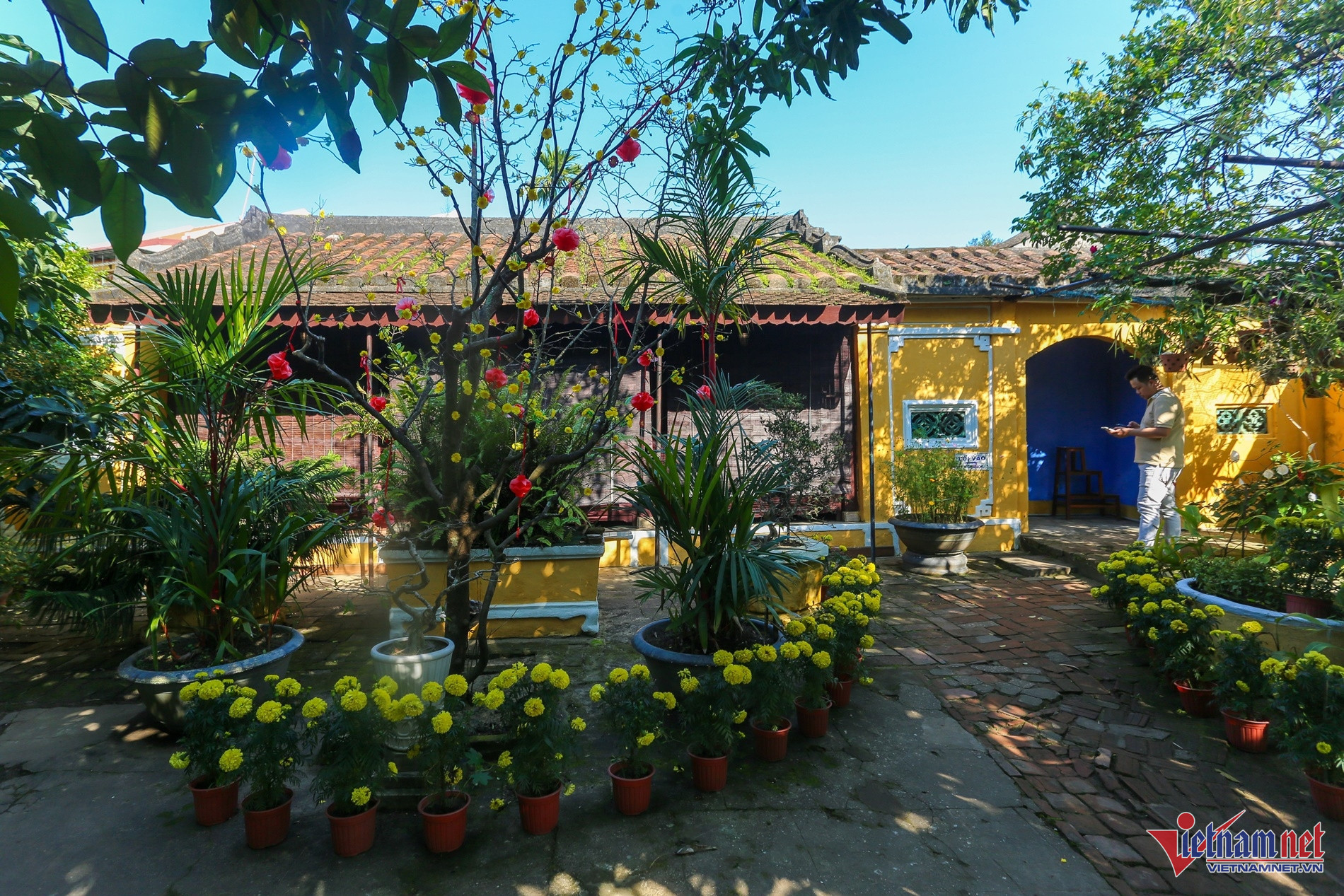
Built with three chambers and two wings, the house includes one main and two side entrances.
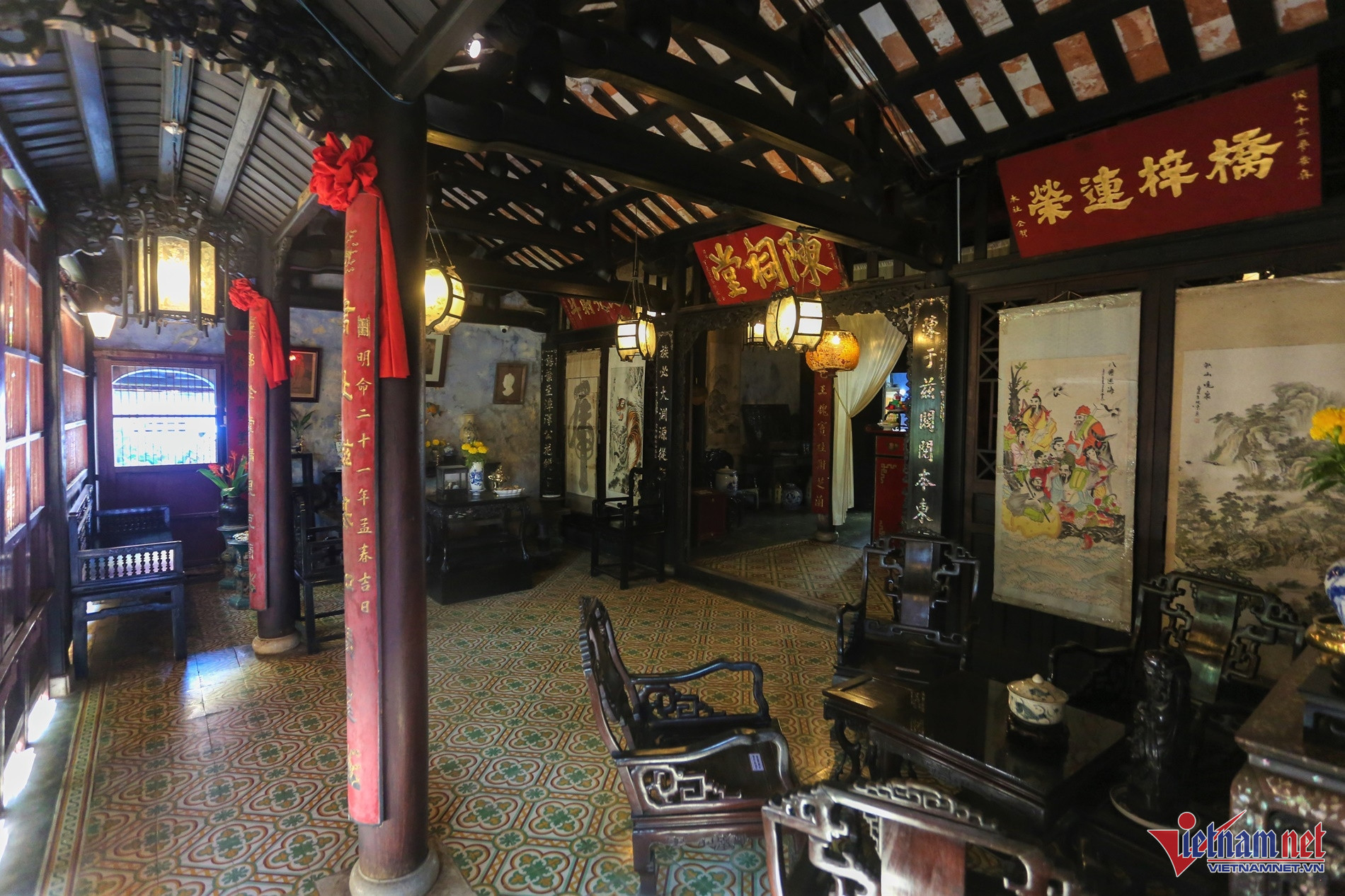
The main door is reserved for ceremonies, while the side doors reflect gender-based traditions.
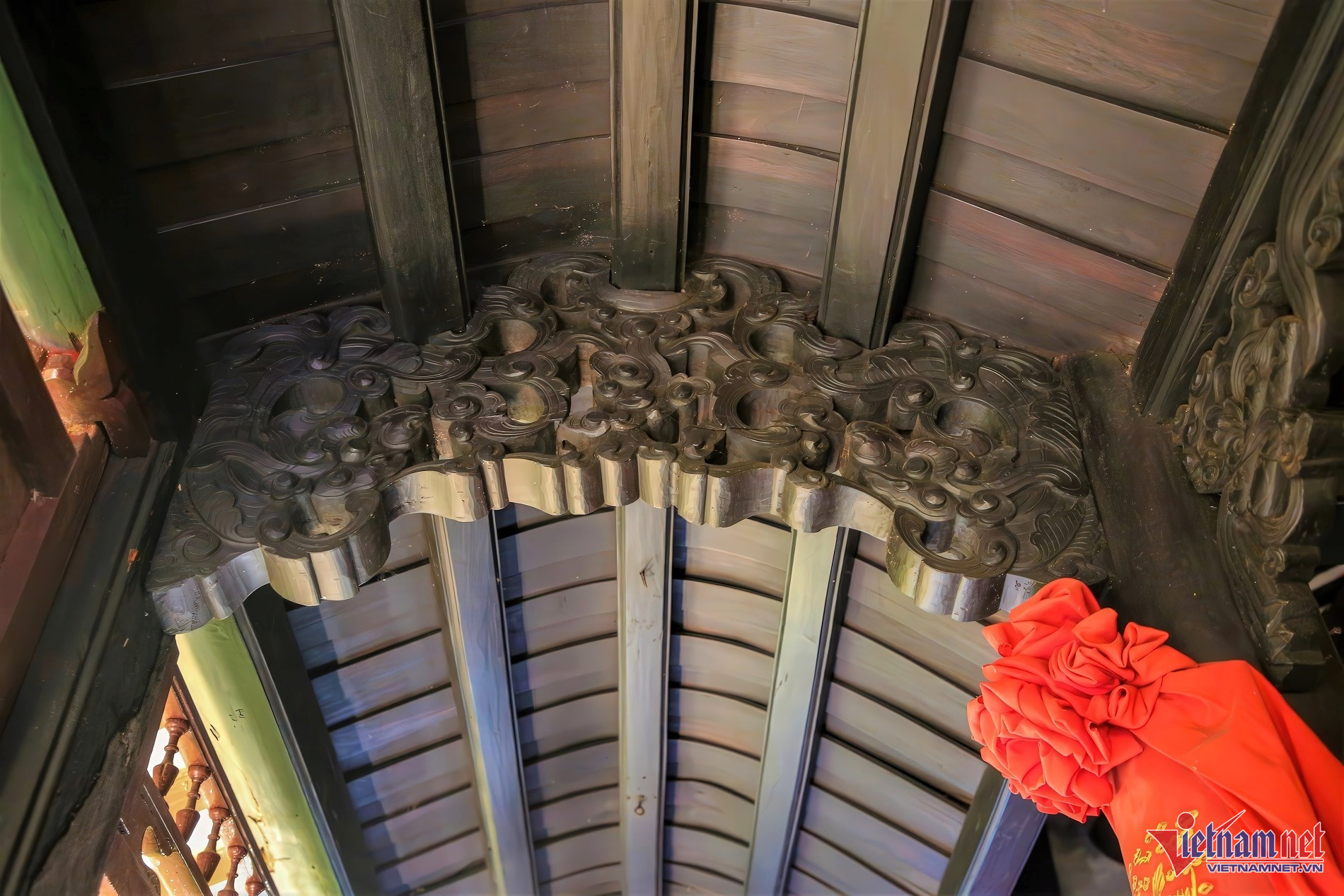
The Chinese-style roof features ornate carvings in the "crab-shell and turtle-shell" style.
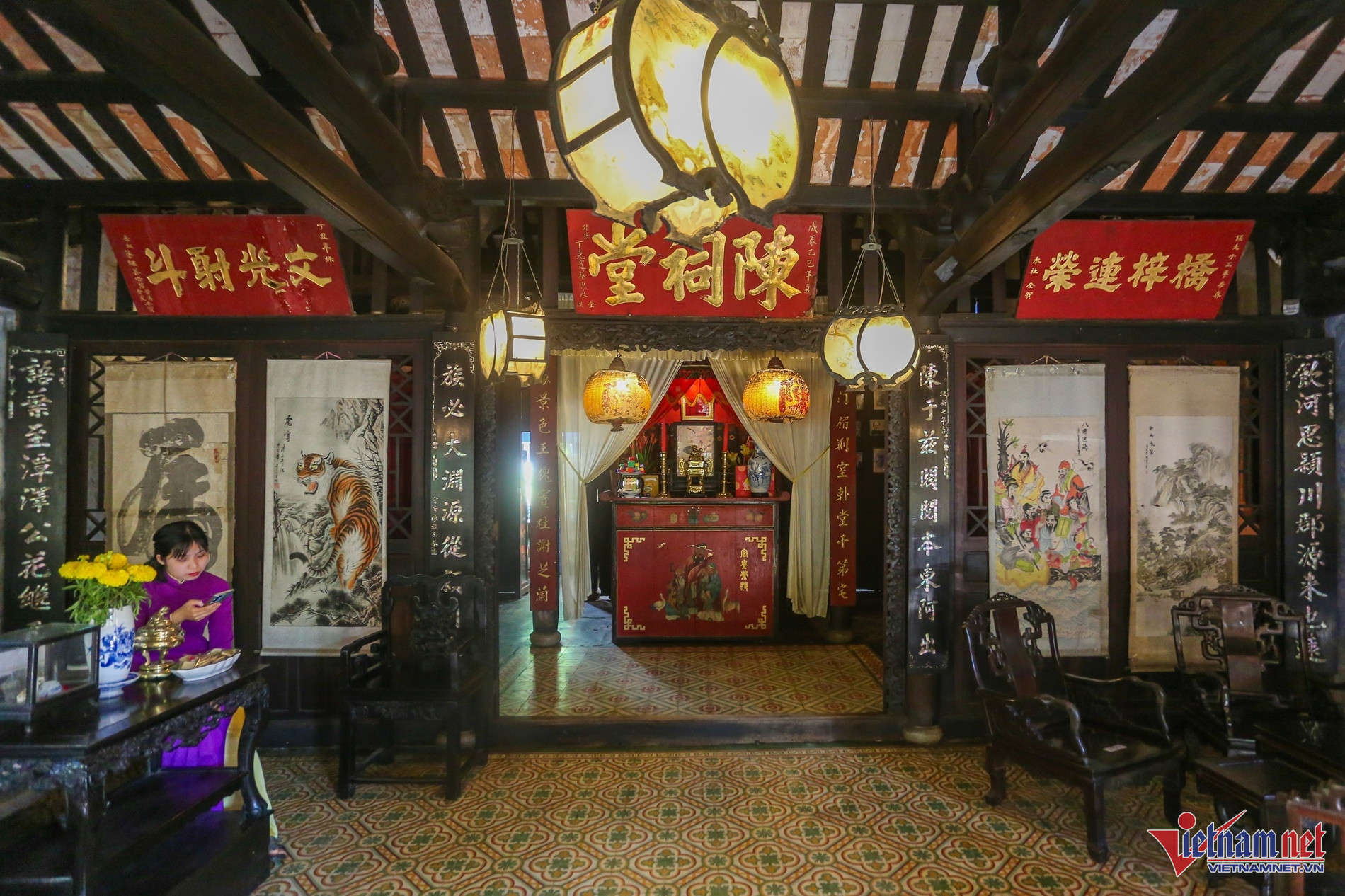
The altar room is at the center of the home, decorated with century-old lanterns.
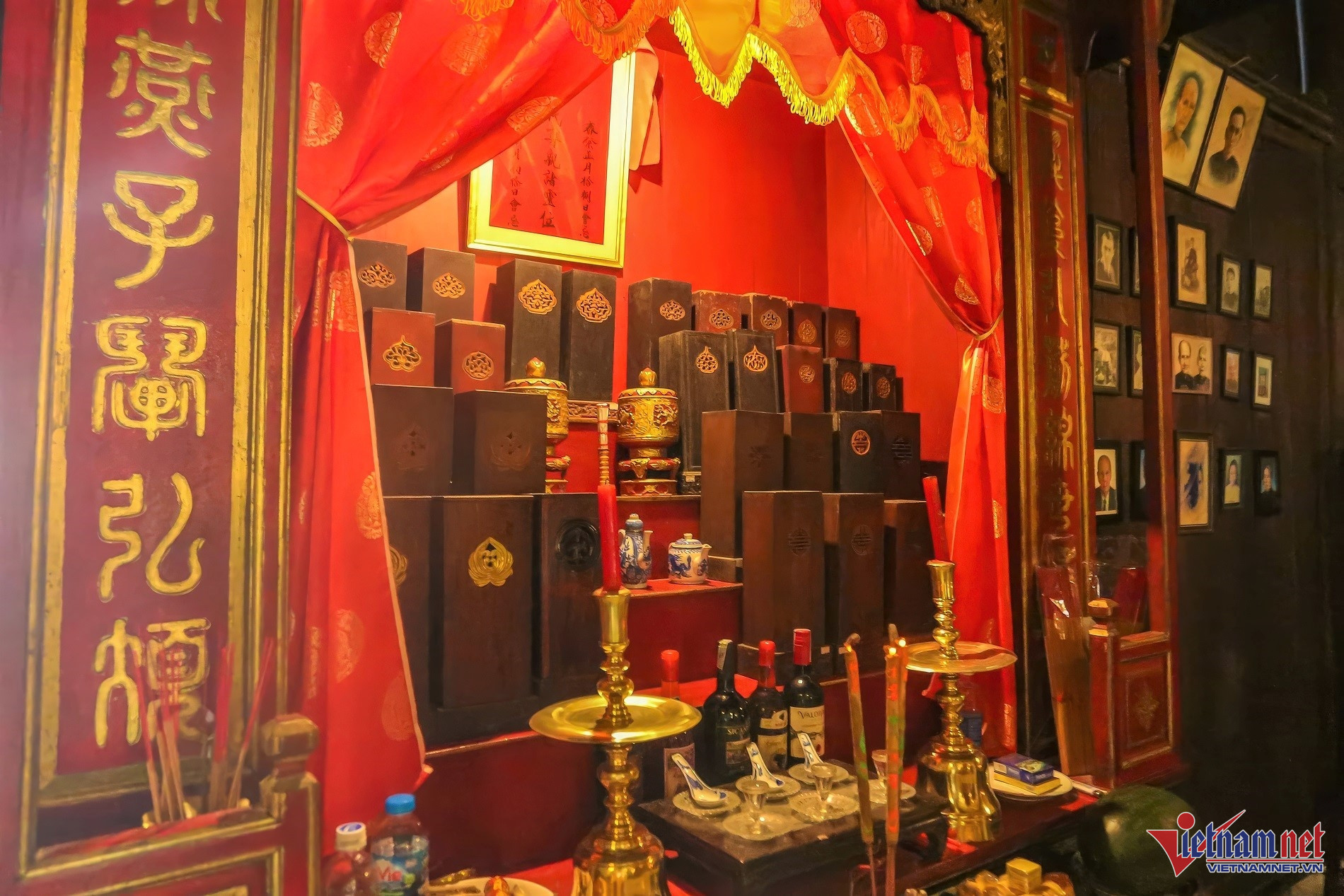
Wooden boxes on the altar contain biographies and relics of deceased ancestors.
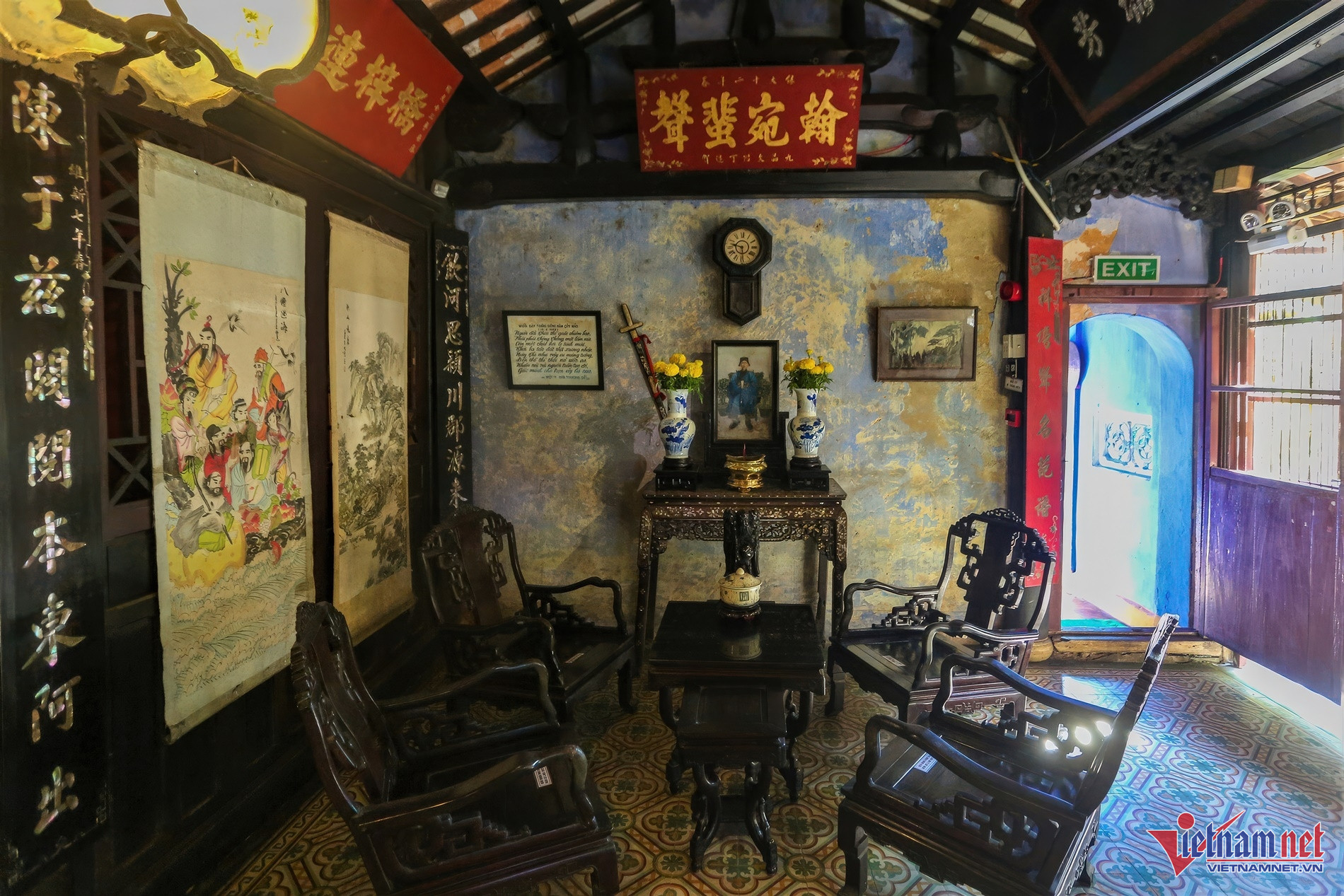
An altar on the side honors Tran Tu Nhac, the home's builder.
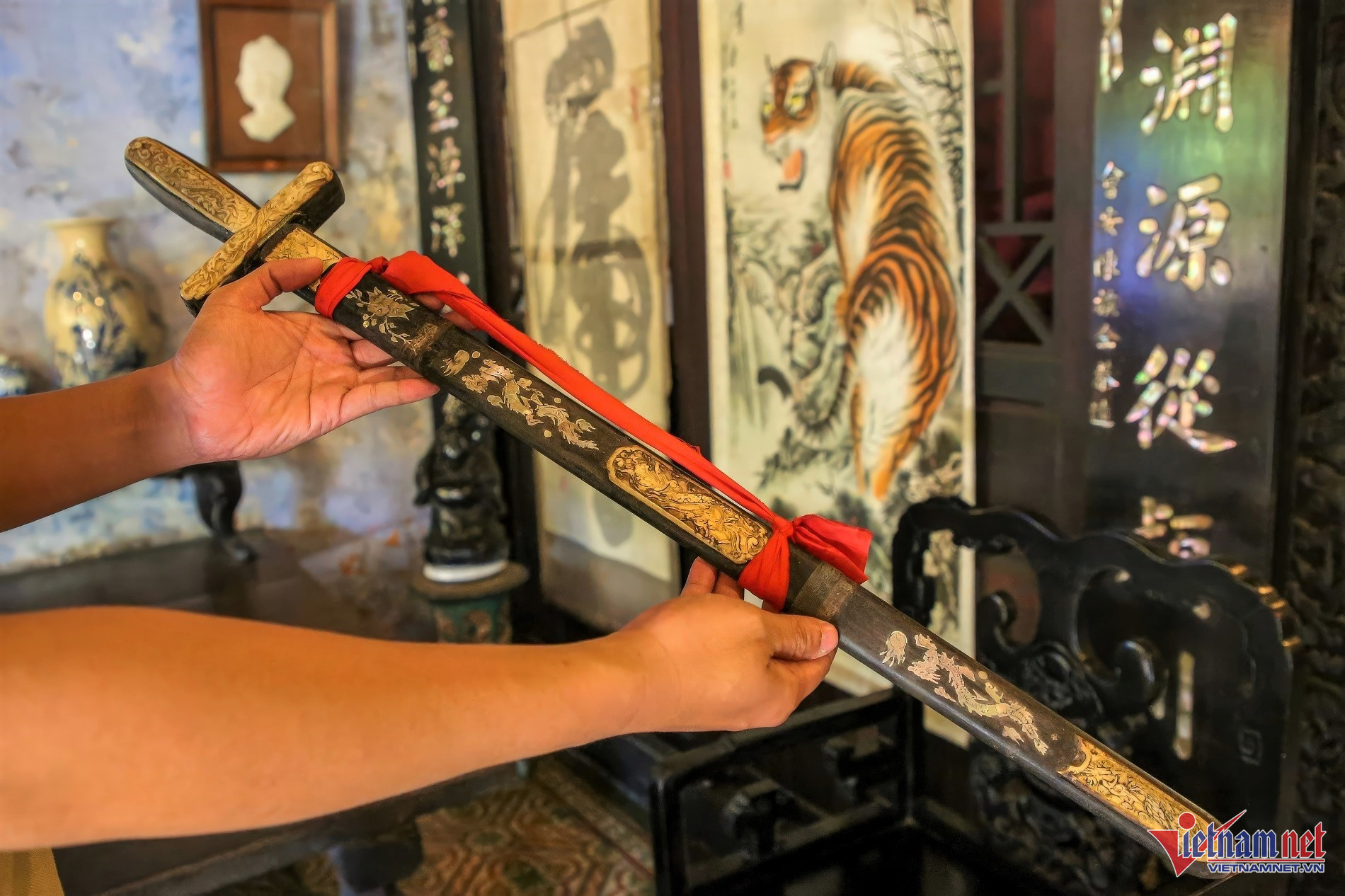
The ceremonial sword of the Nguyen Dynasty official is a prized heirloom.
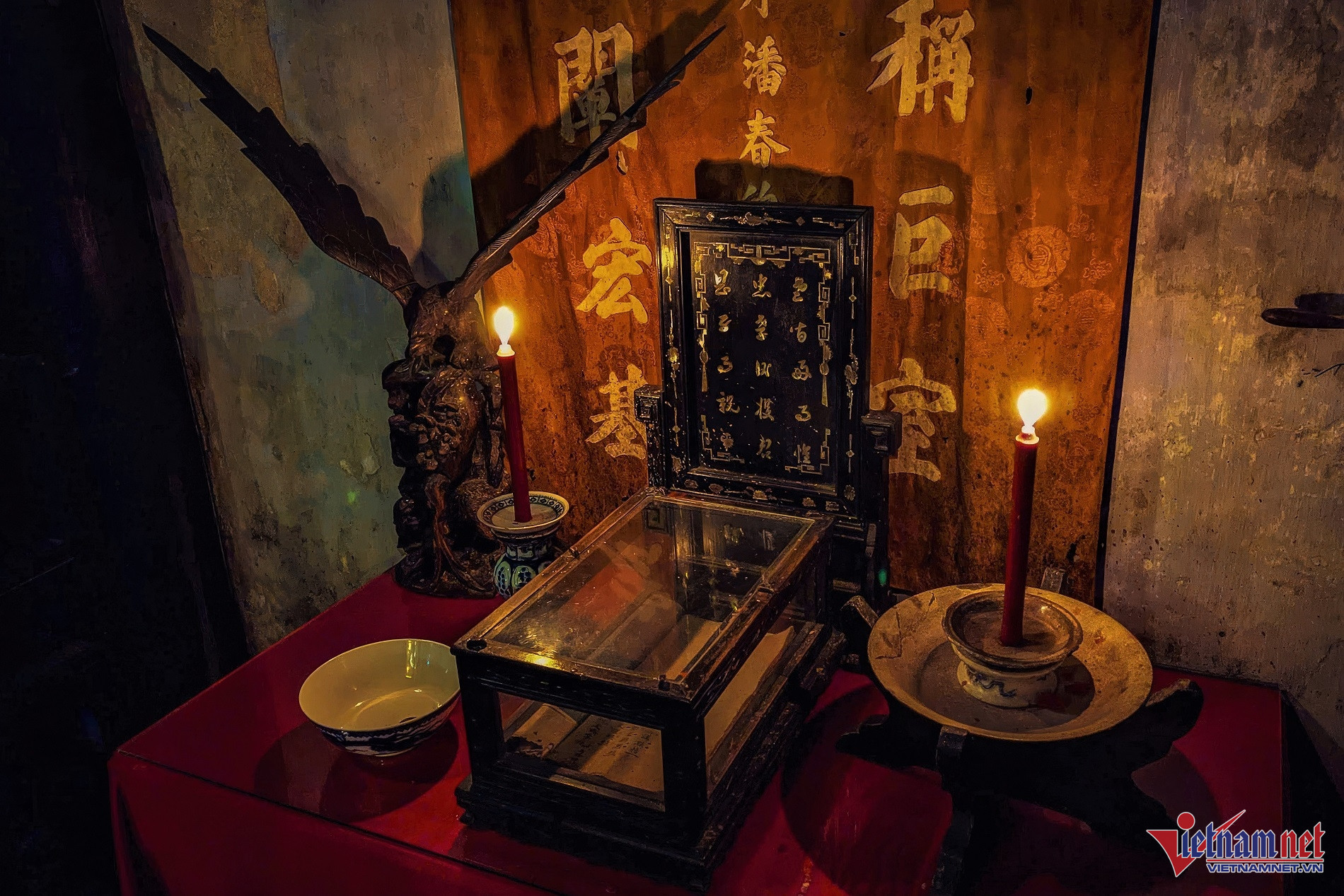
A family genealogy book written in 1812 by Tran Tu Nhac is still preserved.
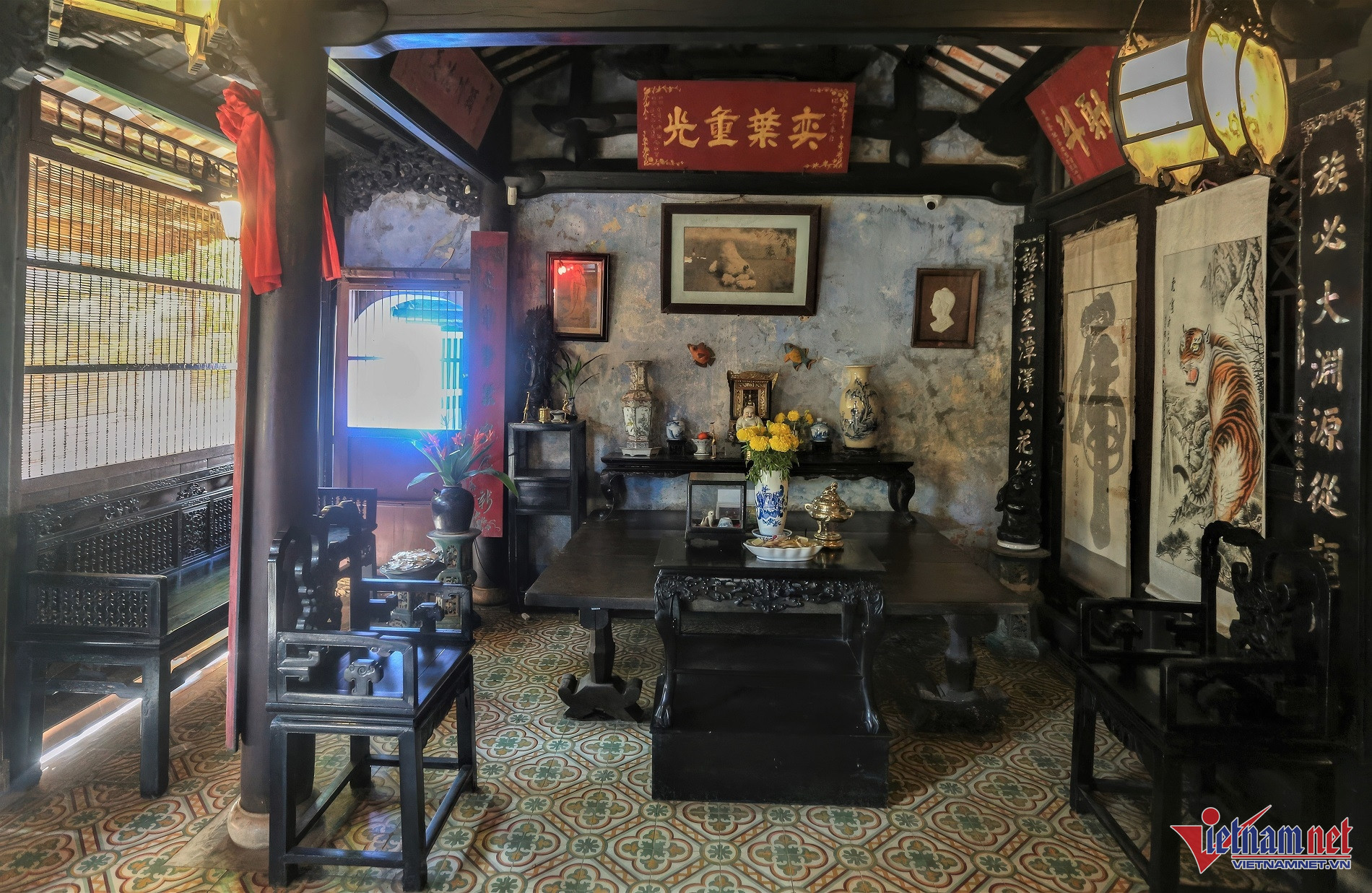
Furniture, calligraphy, and landscape paintings from past centuries remain intact.
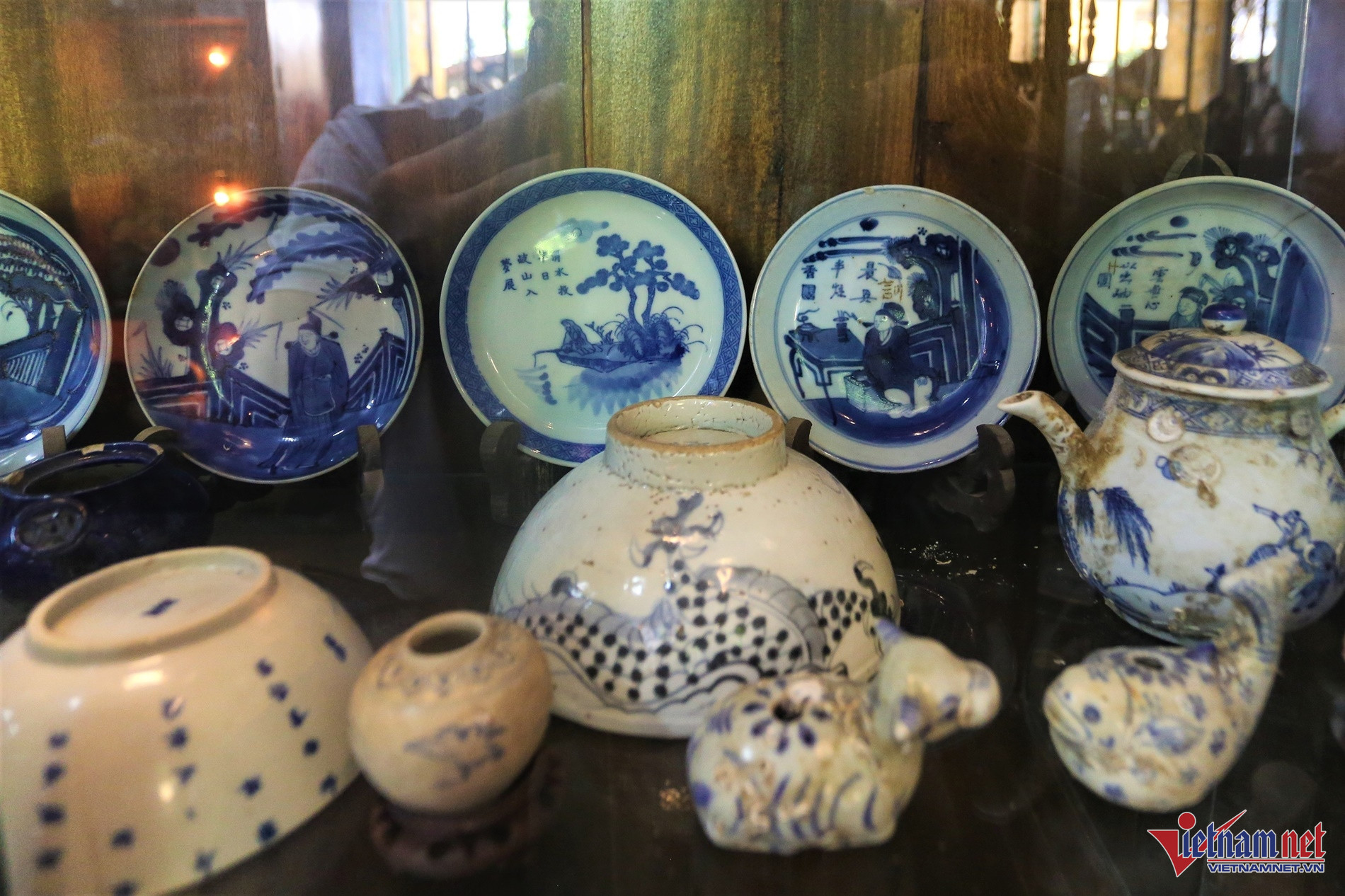
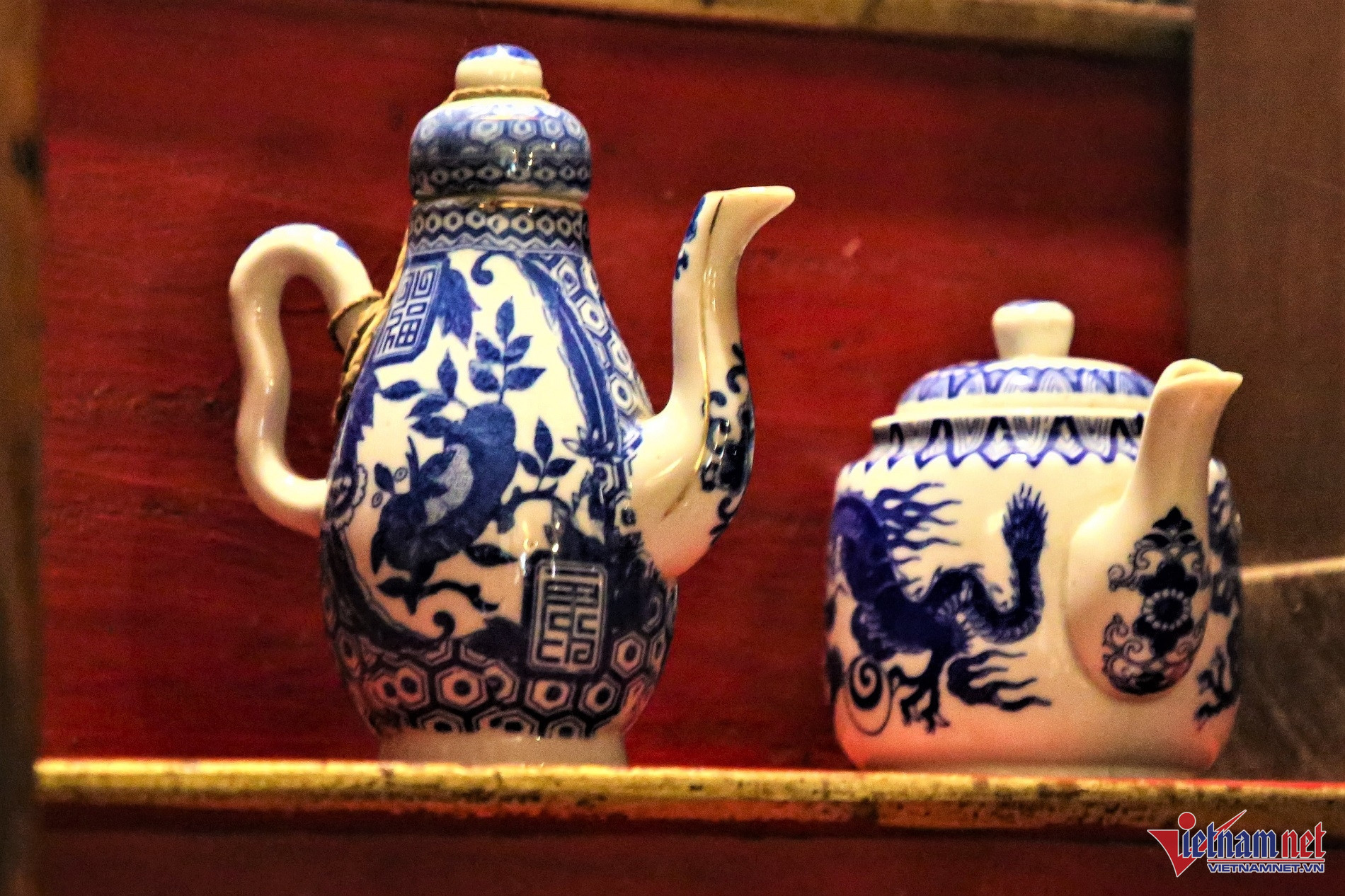
Behind the altar hall is a display space for antique family relics.
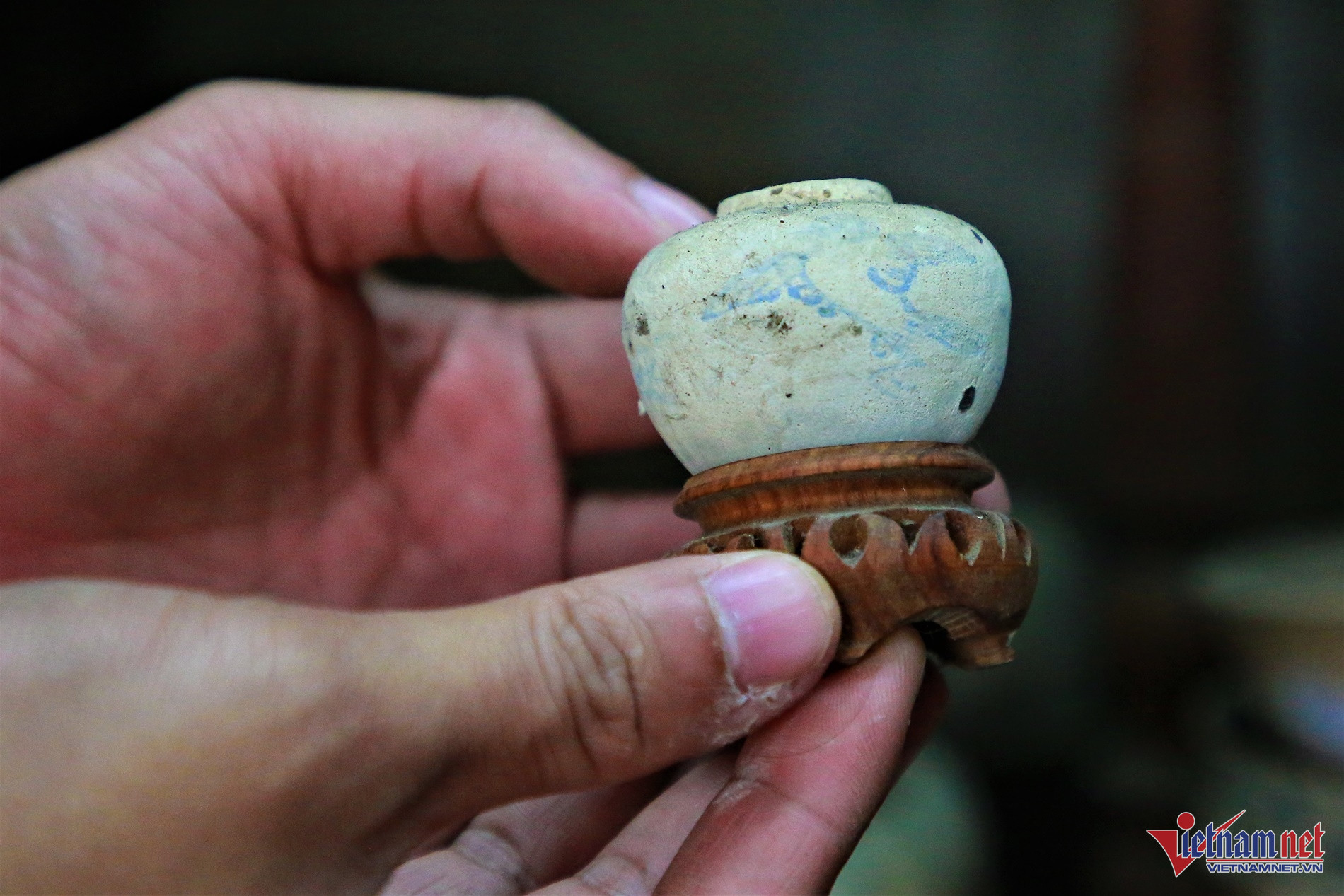
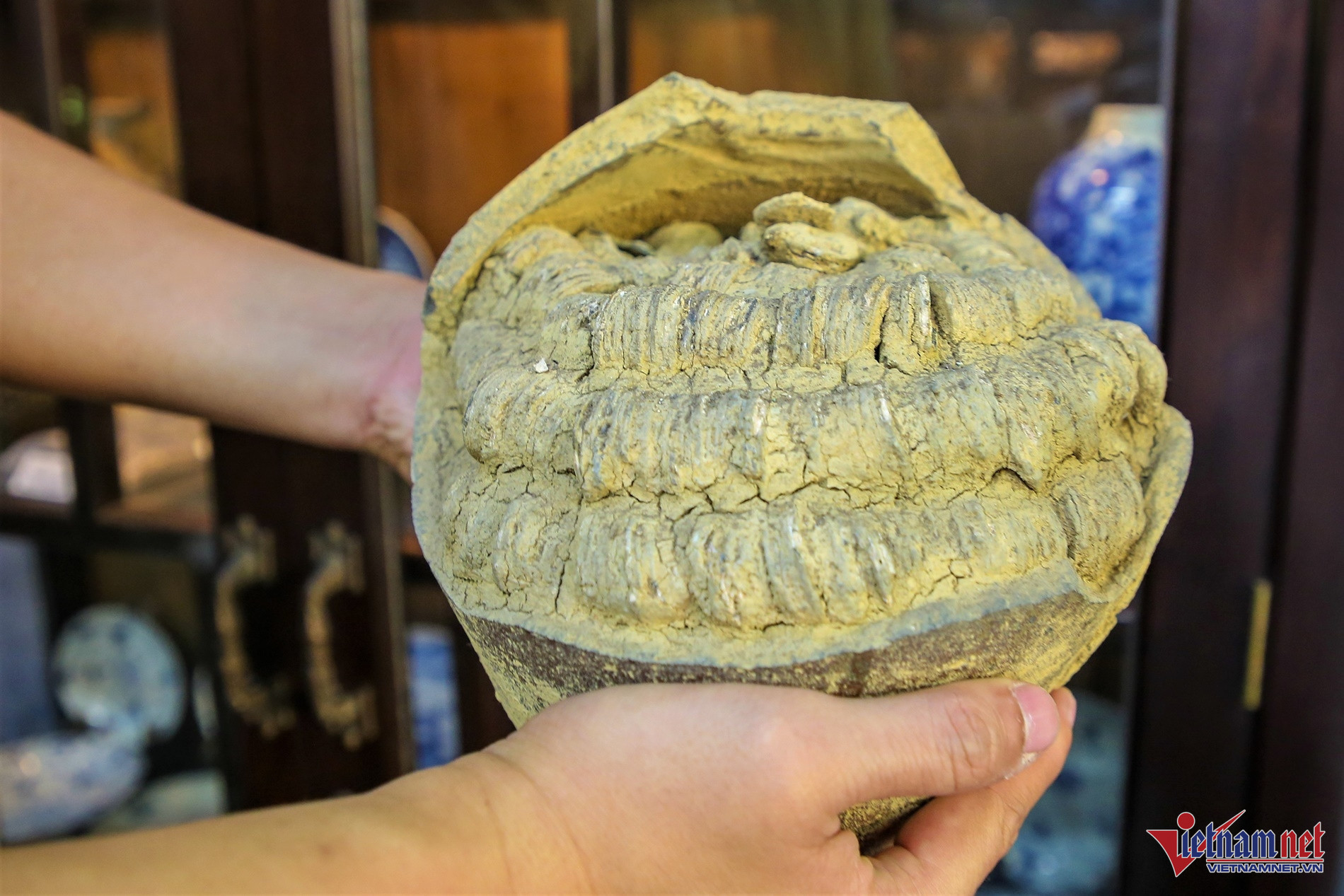
Ha Nam